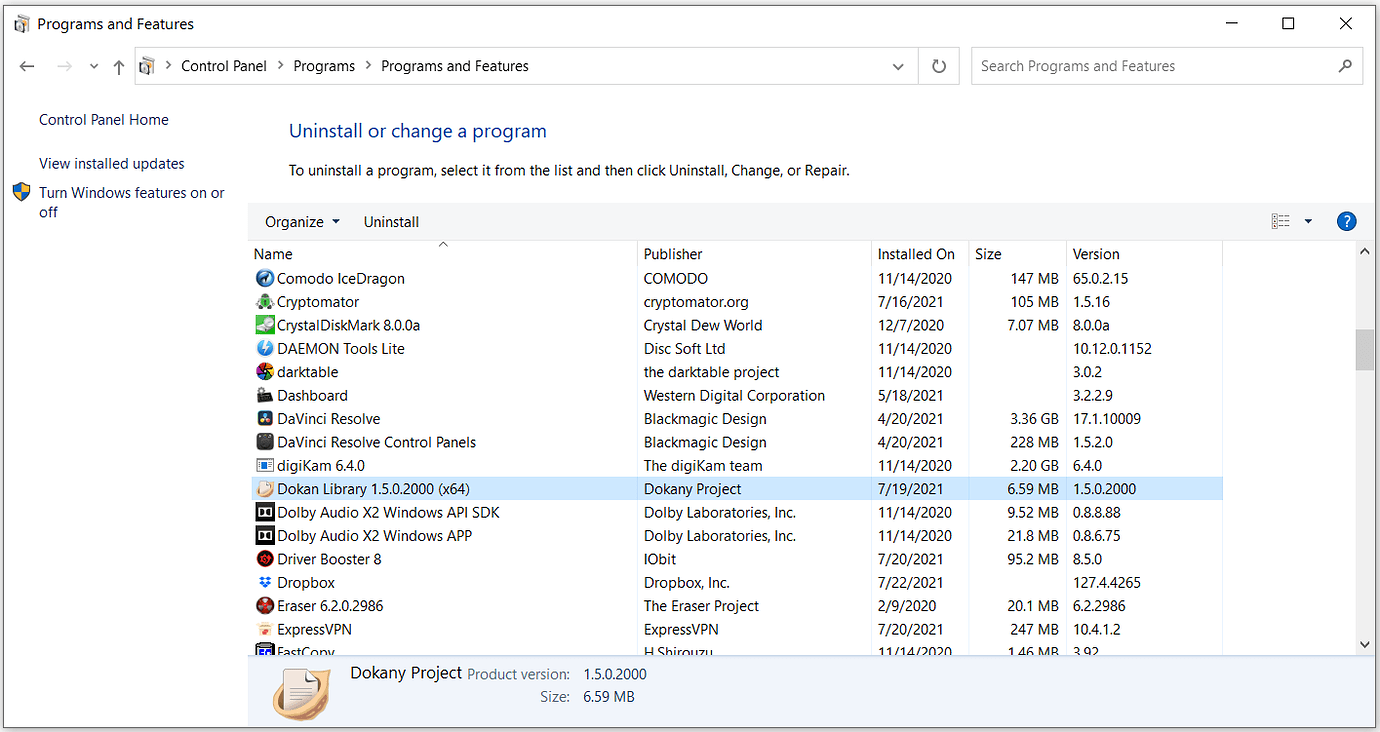
A workaround is to not copy all 65 GB at once, but in several chunks that would fit onto the C: drive. Learn more about bidirectional Unicode characters. To review, open the file in an editor that reveals hidden Unicode characters.
Cryptomator vault windows#
But there is a different problem on Windows: Windows assumes, that the available space is equal to the space left on the C: drive, even though the vault is stored on a different drive. Mirror local files to encrypted Cryptomators vault Raw backup.sh This file contains bidirectional Unicode text that may be interpreted or compiled differently than what appears below.
Cryptomator vault password#
Currently, it’s not possible to change the password while the vault is unlocked. The total vault size is not limited by WebDAV. I found some posts concerning FUSE and WEBDAV, but these are too advanced for me at the moment What I want to do: Let’s say I use a local working directory /home/workspace I want to synchronise the contents of this directory to a cryptomator vault. The encrypted vault created by Cryptomator can contain many files and folders and is.
Cryptomator vault how to#
The password can be changed by right-clicking on a vault while it is locked. Dear all, I hope, I did not overlook something but I was not able to find basic information how to mount cryptomator vaults and syncing to it. The Top Alternatives to Cryptomator Includes Tor, Letsencrypt. You can change the order of your vaults by dragging them to the desired position. You can now delete the folder that contains the masterkey.cryptomator file as you would do with other files and folders. The symbol ~ stands for your user directory. The storage location is displayed in Cryptomator below the vault name or when hovering the vault. To delete a vault permanently, navigate to the storage location of the vault. By removing a vault, it is only removed from the list but not deleted from your filesystem. This should be a directory which is synchronised with the cloud. Choose a storage location: Choose a location where you want encrypted files to be stored. Choose a name: Give your vault a name, then click Save. Second, the already present masterkey file is updated. Create a new vault: Launch Cryptomator and select + Add Vault Create New Vault. This is only possible while the vault is locked. For the migration process itself, first, the vault config file vault.cryptomator will be created and filled with the correct values like the aforementioned unique vault identifier and the filename shortening threshold.

If you want a specific vault to stop being displayed in Cryptomator, you can select it and remove it using the minus sign or by right-clicking on it. If you created the vault on another device and cannot find it or its masterkey file, make sure that the directory containing the vault is accessible and properly synchronized.


 0 kommentar(er)
0 kommentar(er)
